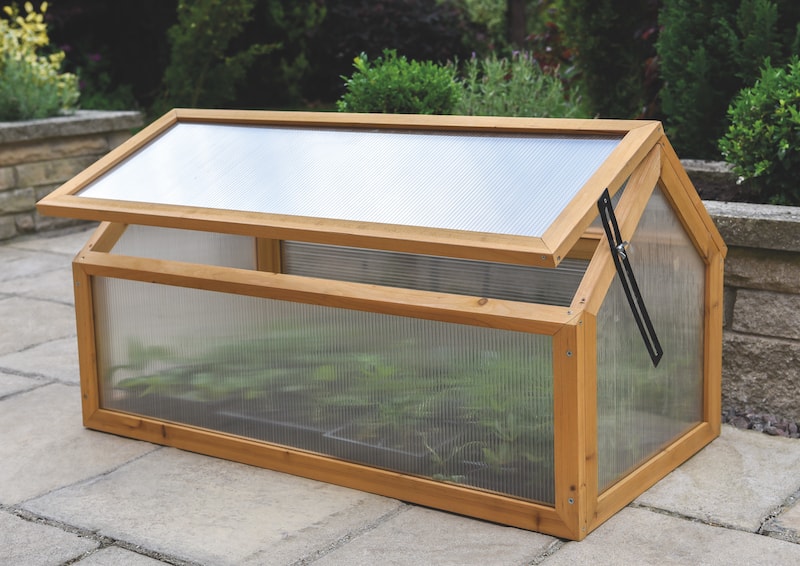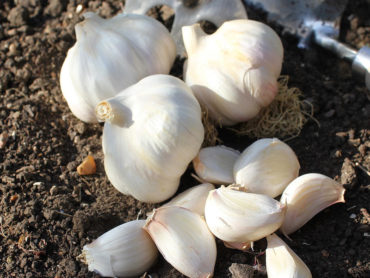Half-hardy and tender plants need to be protected from frost if they’re to survive the winter. From digging up tender roots and tubers to protecting your plants with horticultural fleece, here are some top tips to keep your favourite plants safe when it’s cold and wet outside.
For those that can’t be brought indoors over the winter, take a look at our collection of plant protection and netting products to keep them cosy when the temperature falls.
Why you need to winterise your garden
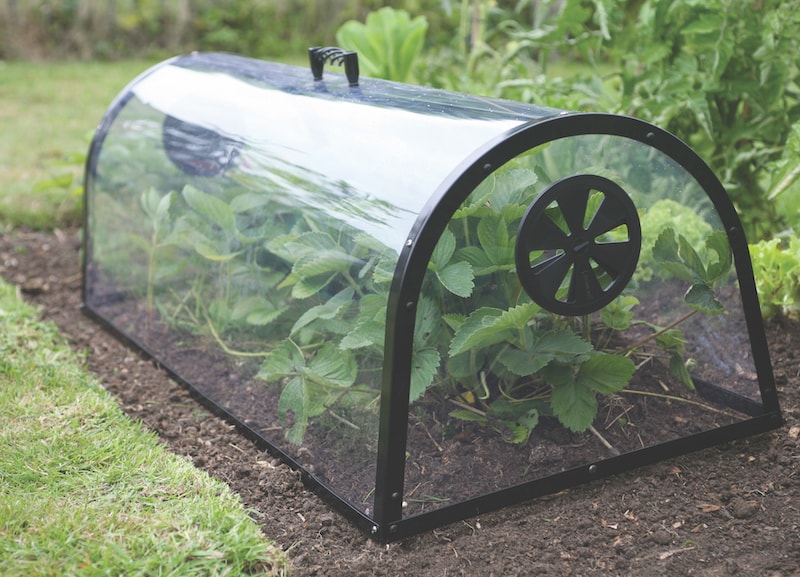
Image: Kitchen garden cloche from Suttons
Hardy perennials are well equipped to survive the winter but other plants need a helping hand. Tender plants easily succumb to frost, and wet weather can waterlog roots causing them to rot and the plant to die. Even some of your tougher plants can suffer frost burn and, if it’s particularly windy, taller plants can struggle to stay upright.
Where you live in the UK dictates how much care you’ll need to take with less hardy plants. The south west of England has warm, wet winters while the north east of England and Scotland can be more than a little brisk.
You should also consider the particular conditions in your garden, especially in relation to where vulnerable plants are positioned. If your garden has very little protection from chilly east winds on one side of the house, you may find the other side offers much better shelter. High garden walls and fences also provide plants with protection from the worst of the winter weather and, depending on their orientation, can trap any winter sun.
How to winterise your garden
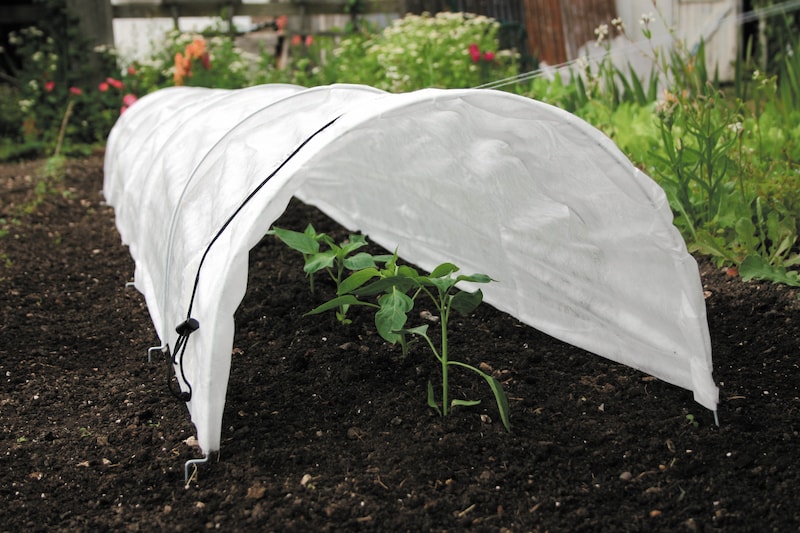
Image: Easy fleece tunnel from Suttons
Tender tubers like begonias may survive the winter in warmer parts of the UK, but elsewhere, you’ll need to dig them up and store them. Wait until the leaves begin to turn yellow in the autumn, then reduce watering and cut them back to an inch above the ground. Dig up the tubers and place them in a cardboard box in soil or sand that’s only just moist and put it somewhere cool and dry – your shed for example.
Tender plants may be best protected by planting them in pots that you can move inside for the winter. Failing that, you may wish to dig up non-hardy plants and transfer them to a conservatory or heated greenhouse.
If you can’t move your plants, the next best thing is to insulate them from extreme cold. Use horticultural fleece or specially designed plant cosies or basket jackets, making sure that the leaves (and the container itself) are well wrapped to keep the roots protected.
Protect delicate roots by raising pots and containers off the ground to prevent waterlogging which can also freeze, causing further damage. There are lots of ways to do this – from wood battens to trays filled with pebbles, anything that keeps the base of the container off the floor will do the job.
How to protect your veg patch
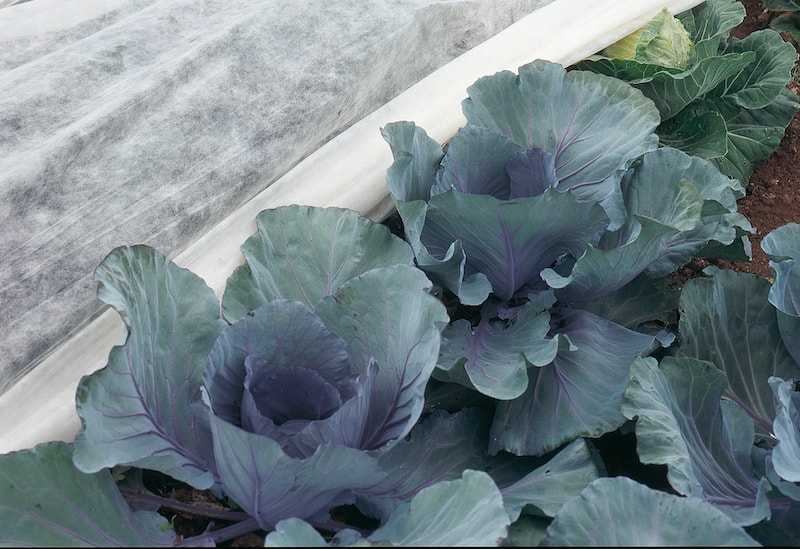
Image: Frost Protection Fleece from Suttons
Applying a thick mulch of well-rotted compost or manure is an excellent way to protect your less-hardy fruit and veg plants from the worst of the cold. Not only will this provide insulation, mulching nourishes the soil and, as long as it’s well rotted, will not be a hospitable environment for slugs and snails to set up home in.
If you don’t have compost, horticultural fleece does the same job with the added benefit that you can remove it on warmer days so your plants can get the benefit of any sunshine and dry weather.
If you don’t have a greenhouse, cold frames, various sized cloches, and grow houses also protect your plants from frost while maximising the effect of any sunlight and warming the soil. These are particularly useful for growing winter salad leaves and also for bringing on early crops which you can plant out as soon as the risk of frost has passed next spring.
Protecting your plants from the winter weather helps your garden to spring back into life as soon as the temperature rises again. As well as protecting your tender plants, don’t forget that autumn is also a great time to plant lots of your favourite spring bulbs.
Lead image: G.Grow Wooden Cold Frame from Suttons

